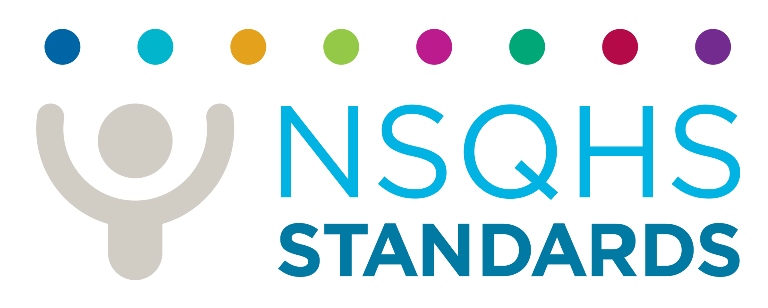Key messages
Why is it important?
Communicating bad, sad or difficult news can be one of the most challenging tasks of a clinician. The way that health professionals deliver bad news can have a profound effect on a patient’s psychological adjustment and functioning. Minimising the potential harm to patients, families and health professionals is essential when communicating bad news.
Clinicians need to develop expert communication skills, especially when delivering bad news to patients and families. Patients and families differ in their needs for levels of information, interpretation of information delivered to them, and responses to unfavourable news. When bad news is delivered in a sensitive and caring manner, morale can be maintained, and the process of coming to terms with illness or death is possible through realistic expectations and hope. It is valuable for nurses and doctors to elicit patients' or family members' understanding of what is happening, and consideration of their needs and responding to their feelings is vital to the process of communicating in a crisis time.
Communication skills
National Safety and Quality Health Service Standards
There is a National Safety and Quality Health Service (NSQHS) Standard dedicated to Partnering with Consumers. This Standard describes the systems and strategies to create a consumer-centred health system by including patients in shared decision making, to ensure that patients are partners in their own care, and that consumers are involved in the development and design of quality health care.
Each of the NSQHS Standards (2nd ed.) includes a partnering with consumers action that requires clinicians to actively involve patients in their own care, meet the patient’s information needs, and share decision making.







